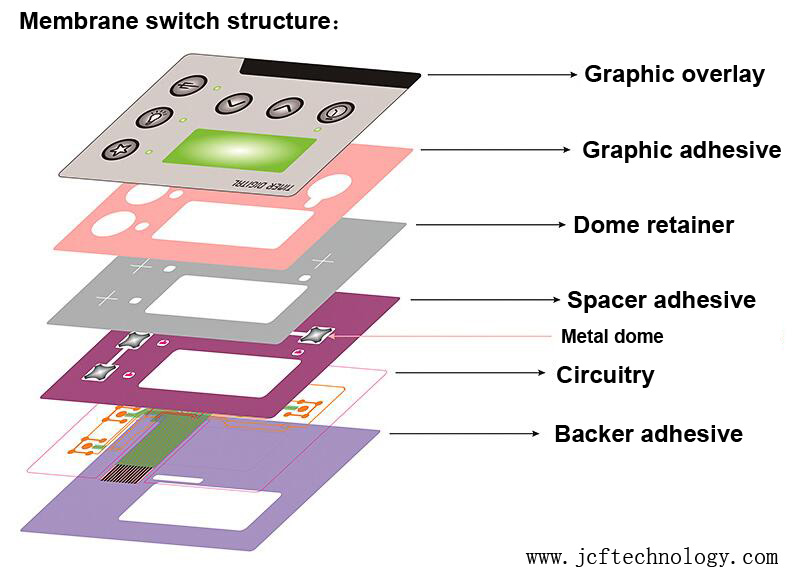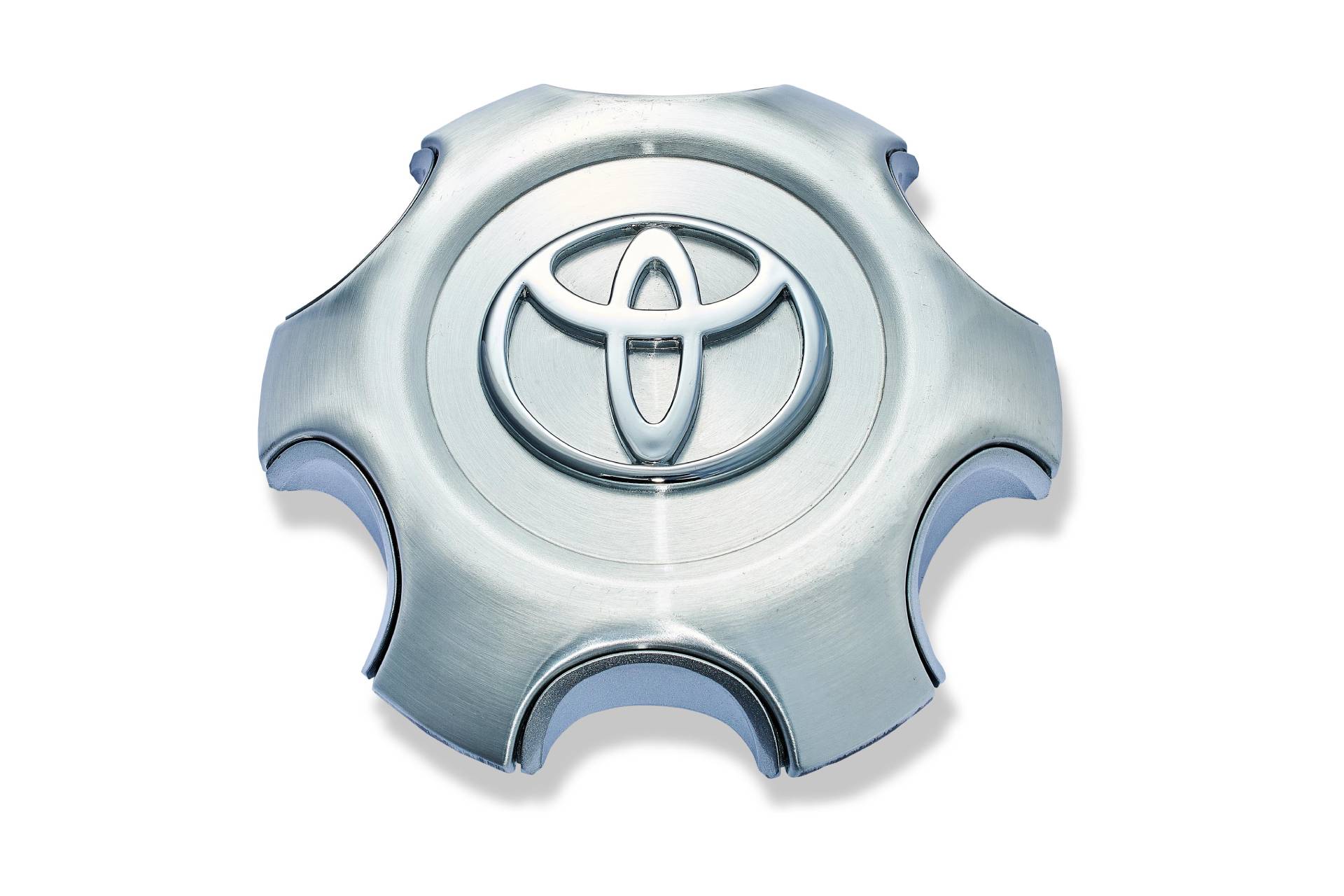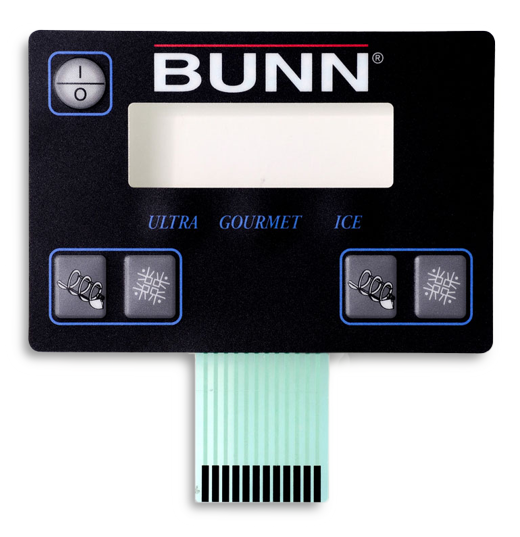End-to-End Membrane Switch Manufacturer for Specialized Applications
Checking Out the Manufacturing Process of Membrane Switch for Numerous Industries
The manufacturing process of Membrane buttons is a complicated undertaking that demands precision and attention to information. From picking ideal products to applying extensive quality assurance measures, each action plays a vital duty in making certain performance. Numerous markets, consisting of medical and auto, count on these components for their unique applications. Comprehending the intricacies of this procedure exposes substantial insights right into just how these switches are created and their impact throughout varied markets.
Understanding Membrane Changes: An Overview

Trick Products Utilized in Membrane Switch Production
In Membrane button production, the selection of essential products substantially influences functionality and longevity. Conductive materials, adhesives, and finishes play vital duties, while substrate choice influences general performance and reliability. Recognizing these components is crucial for maximizing the design and production of Membrane switches.
Conductive Materials Summary
Conductive materials play a vital duty in the functionality of Membrane switches, making sure reliable electrical links within the device. Generally utilized materials consist of silver, copper, and carbon-based inks, each offering distinct advantages. Silver is favored for its high conductivity and toughness, making it perfect for applications requiring durable efficiency. Copper, while somewhat much less conductive than silver, is a cost-efficient choice often made use of in printed circuits. Carbon-based inks offer a versatile choice, appropriate for applications where adaptability and reduced costs are prioritized, although they have actually lower conductivity compared to metal options. The selection of conductive materials straight influences the total reliability, life-span, and performance of the Membrane button, making it a crucial factor to consider in the manufacturing process.
Adhesives and Coatings
Coatings and adhesives are important components in the production of Membrane buttons, providing vital bonding and protective properties. These products guarantee that numerous layers of the button, including visuals overlays and circuitry, stick safely to each other, boosting toughness and functionality. Typically made use of adhesives include pressure-sensitive adhesives (PSAs) and epoxy-based formulas, which use strong attachment and durability. Coatings, such as polyurethane or acrylic, serve to safeguard versus ecological variables, including moisture, abrasion, and chemicals. Additionally, coverings can improve responsive comments and visual appeal, contributing to the general individual experience. The selection of proper adhesives and coatings is crucial for optimizing performance and long life in diverse applications throughout different markets, making certain that Membrane switches over meet certain operational demands.
Substratum Choice Variables
Substratum selection plays a necessary role in the manufacturing of Membrane buttons, as it substantially influences their total efficiency and resilience. Secret products such as polyester, polycarbonate, and adaptable printed circuit boards (FPCBs) are frequently utilized for their unique residential properties. Polyester is preferred for its cost-effectiveness and resistance to abrasion, making it suitable for applications with high wear. Polycarbonate offers exceptional quality and impact resistance, suitable for atmospheres needing high exposure. FPCBs supply improved adaptability and are usually utilized in complicated layouts. The choice of substrate likewise impacts factors like thermal stability, chemical resistance, and convenience of printing. Eventually, selecting the ideal substrate is important for making sure the performance and durability of Membrane changes throughout numerous sectors.
The Style Refine of Membrane Changes
The design procedure of Membrane buttons is an important phase that significantly affects the capability and aesthetic appeals of the final product - membrane switch manufacturer. It begins with defining the particular requirements of the application, including measurements, switch layout, and tactile feedback choices. Designers should consider individual interaction, making certain that the button is instinctive and accessible.Next, materials are picked based on longevity, versatility, and ecological resistance. The assimilation of graphics and branding aspects is likewise crucial, as it enhances aesthetic appeal and communication. Prototyping allows for repetitive screening, making it possible for changes based on user responses and performance evaluations.Additionally, the style must make up the electric parts, such as circuits and connectors, ensuring dependability and ease of usage. Eventually, a successful style integrates capability, aesthetic appeals, and individual experience, leading the way for effective manufacturing and durable efficiency in various industries
Printing Techniques for Membrane Switches Over
The printing techniques utilized in Membrane switch production play a vital duty in determining the last item's quality and capability. Screen printing offers advantages such as longevity and vibrant shade application, while electronic printing developments offer flexibility and precision in style. Comprehending these techniques can substantially impact the general effectiveness of Membrane switches in numerous applications.
Display Printing Advantages
Countless benefits make screen printing a important source recommended method for generating Membrane switches. This technique enables high-grade, in-depth styles and vibrant shades, which are vital for interface applications. Screen printing is particularly efficient for using thick ink layers, improving resilience and responsive feedback. Furthermore, it uses superb adhesion to numerous substratums, making certain long life popular atmospheres. The process is cost-effective for huge production runs, as it reduces setup time and waste. Display printing sustains a large array of inks, consisting of specialty and UV-curable alternatives, enabling adaptability in design. Its capability to produce regular outcomes throughout numerous systems makes it a trusted choice for suppliers intending for high quality and effectiveness in Membrane switch manufacturing.
Digital Printing Innovations

Innovations in electronic printing technology are transforming the manufacturing of Membrane buttons, providing suppliers ingenious options that enhance layout versatility and effectiveness. Digital printing permits elaborate layouts and high-resolution graphics, making it possible for custom branding and capability without the constraints of traditional techniques. This technique lowers setup times and expenses, facilitating much shorter manufacturing runs and very little waste, making it excellent for organizations with differing demands. Additionally, innovations in ink solutions give far better toughness and attachment, making certain durability in different atmospheres. As industries progressively look for intricate and personalized layouts, digital printing attracts attention as a vital method, establishing a new criterion in Membrane button production. The assimilation of these developments positions producers to fulfill advancing market needs efficiently.
Setting up and Layering of Membrane Switch Components
Mindful assembly and layering of Membrane switch parts are important to assuring functionality and toughness. This process begins with the precise positioning of various layers, consisting of the graphic overlay, adhesive, circuit layer, and support material. Each component has to be meticulously placed to keep electrical stability and user interface responsiveness.During assembly, conductive traces are used to the circuit layer, commonly made from materials like polyester or polycarbonate. This layer is essential, as it sends signals when pressure is applied. The glue used for bonding these layers is additionally chosen for its capability to sustain ecological tensions while maintaining a safe bond.Heat and pressure are often used during the setting up procedure to establish that the layers stick correctly without endangering the performance of the switch. Focus is provided to the edge securing to protect against wetness and impurities, securing the durability of the Membrane button in numerous commercial applications.
Quality Assurance Steps in Membrane Switch Production
Quality assurance actions play an important duty in ensuring the reliability and efficiency of Membrane switches adhering to the assembly and layering of their components. In the manufacturing process, numerous key examinations are performed to support quality standards. These include aesthetic evaluations for defects in printing and sticky application, as well as useful examinations to validate the responsiveness of each switch.Additionally, environmental testing is executed to evaluate the buttons' toughness against temperature changes and humidity exposure. Manufacturers often apply analytical process control (copyright) methods to keep an eye on production consistency, allowing very early detection of anomalies.Furthermore, traceability systems are developed to track products and components, making sure liability and facilitating recalls if essential. Calibration of devices and adherence to sector requirements are likewise crucial to maintaining product integrity. Jointly, these quality assurance actions secure the performance of Membrane switches over across various applications, eventually improving client complete satisfaction.
Applications of Membrane Switches Over Across Different Industries
Membrane switches are utilized throughout a varied variety of sectors, showcasing their adaptability and flexibility. In the medical sector, they supply trusted and water-proof user interfaces for tools such as diagnostic devices and mixture pumps, ensuring health and ease of usage. The auto market utilizes Membrane switches for dashboard controls, allowing seamless communication between the driver and lorry systems.In consumer electronic devices, these switches are located in devices and portable tools, offering a streamlined, modern visual while boosting capability. Industrial applications additionally take advantage of Membrane switches for machinery control panels, where longevity and resistance to harsh problems are essential.Furthermore, the aerospace and defense industries utilize Membrane buttons for cabin instrumentation and communication systems, focusing on integrity and performance under extreme conditions. On the whole, Membrane buttons play a vital duty in boosting the user experience and functional performance across different domain names.
Often Asked Questions
How much time Does It Take to Make a Membrane Switch?
The manufacturing time for a membrane switch commonly varies from a view couple of days to a number of weeks - membrane switch manufacturer. Elements affecting this period consist of design intricacy, product schedule, and manufacturing volume, all influencing the overall timeline substantially
What Is the Common Lifespan of a Membrane Layer Switch?
The typical life expectancy of a membrane layer switch generally ranges from 1 to 5 million actuations, relying on elements such as worldly high quality, environmental problems, and usage regularity, significantly influencing longevity and general performance.
Can Membrane Switches Be Personalized for Certain Applications?
Membrane buttons can indeed be tailored for particular applications. Their layout versatility enables for modifications in size, form, colors, and graphics, making certain compatibility with unique needs across numerous sectors and boosting capability and customer experience.

Are Membrane Switches Ecologically Friendly?
The environmental impact of Membrane changes differs. Some products used may not be environment-friendly, while improvements in making procedures are significantly concentrating on sustainability, intending to minimize waste and promote recyclable elements in their manufacturing.
What Are the Typical Failure Modes of Membrane Buttons?
Common failing settings of Membrane switches include delamination, adhesive failure, wear and tear from use, moisture ingress, and electrical failings. These issues can considerably affect performance, efficiency, and life expectancy in numerous applications throughout various sectors. Membrane switches can be tailored to fit certain design demands, such as form, dimension, and functionality, making them extremely adaptable.The building and construction usually involves multiple layers, consisting of a visuals overlay, sticky, and a circuit layer, which work with each other to develop a seamless customer experience. In Membrane switch manufacturing, the choice of crucial products greatly affects functionality and longevity. The automobile industry uses Membrane buttons for control panel controls, enabling smooth communication between the chauffeur from this source and car systems.In consumer electronic devices, these switches are found in appliances and portable gadgets, offering a sleek, modern visual while improving functionality. Industrial applications also utilize Membrane changes for machinery control panels, where resilience and resistance to severe problems are essential.Furthermore, the aerospace and protection markets utilize Membrane switches for cabin instrumentation and communication systems, prioritizing dependability and efficiency under extreme problems. Membrane buttons can without a doubt be tailored for particular applications.